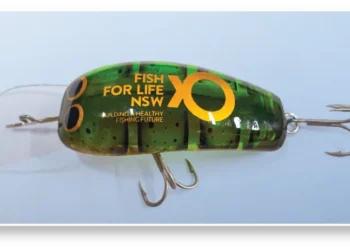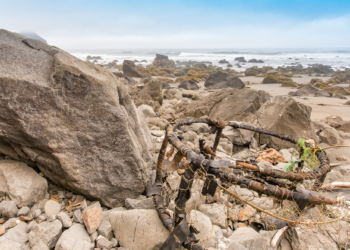
WITH Christmas fast approaching there will probably be plenty of readers planning to include seafood as part of their celebratory meals. So, it’s probably a good time to look at the seafood Australians eat and where it comes from, as a follow up to last month’s piece on local versus imported barramundi.
Get ready for some facts and figures, with thanks to the federal Department of Agriculture’s Fast Facts on Australia’s Seafood Trade.
The amount of seafood produced in Australia has been relative stable at around 230,000t per year for the last 20 years or so. But consumption went up, from about 13kg processed weight per person in 2000/01 to 15kg in 2012/13. In 12/13 we consumed 345,000t, of which 66% or 227,700t was imported leaving 117,300t sourced from locally harvested or grown sources. The total value of the Australian product is about $2.4bn, but about half of that comes from exported high value products such as rock lobsters, abalone and bluefin tuna.
The Fast Facts site notes that “Australia differs from many other developed countries in that a significant proportion of Australian product, which could otherwise supply the domestic market, is sold to export markets due to price” and “These products are generally still available in Australia, but Australian consumers are often unwilling to pay as high a price as export markets for the volumes produced”.
Australia’s seafood imports are mainly lower-value products such as frozen fillets, such as Vietnamese basa, African Nile perch and New Zealand hoki, frozen tiger or vannemi prawns and canned fish, particularly Thai tuna. Unless you’re in a top-end restaurant, your fried fish fillet or your prawn curry is likely to be made from one of these species. We also import higher priced whole fish for the fish market trade such as New Zealand snapper and Asian barra. While sometimes the source is acknowledged, sometimes it’s not. Lots of pubs and clubs serve “flathead” fillets which come from a South American species unrelated to our succulent local varieties. There’s a couple of clubs and pubs I quite like to visit but never order the “flathead”.
Given all that, the overall picture looks a bit like this:
Aussie fish harvesters and growers are keen to get the best price for their product as they can, not unreasonably, and if that’s achieved through exporting that’s what they’ll do.
Aussie fish consumers are not happy to pay premium prices for much of their seafood, and consequently choose to buy what they feel they can afford, much of which is imported.
It therefore seems a bit rough for local seafood producers to try and make consumers feel guilty about not buying local product if it’s not offered to them at a competitive price. But at the same time consumers could choose to value local product more highly and choose to pay a bit more to support the local industry. Our food safety and regulatory regimes now mean that lower quality of imports is no longer the major issue, unless it’s misleadingly labelled like the South American “flathead.”
Best advice to end on? Get out there and catch your own Christmas lunch.
















